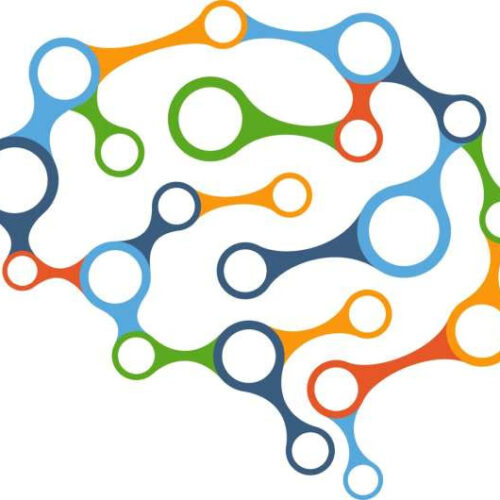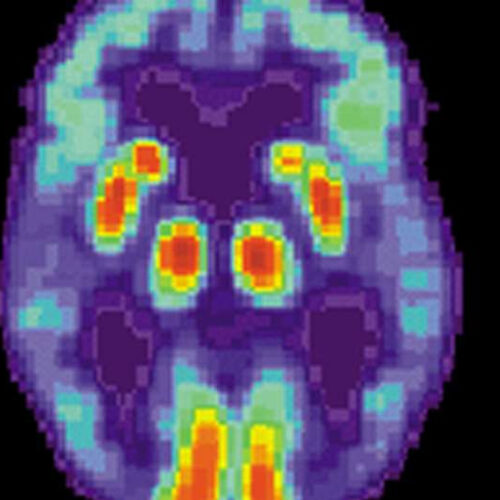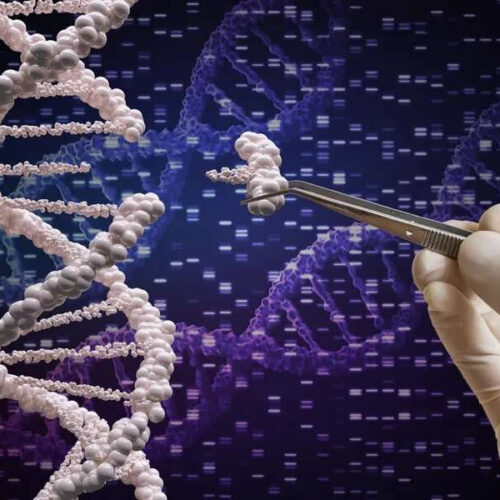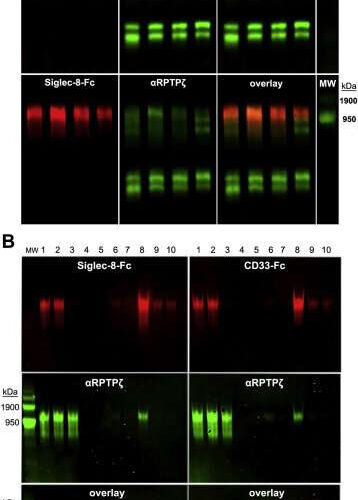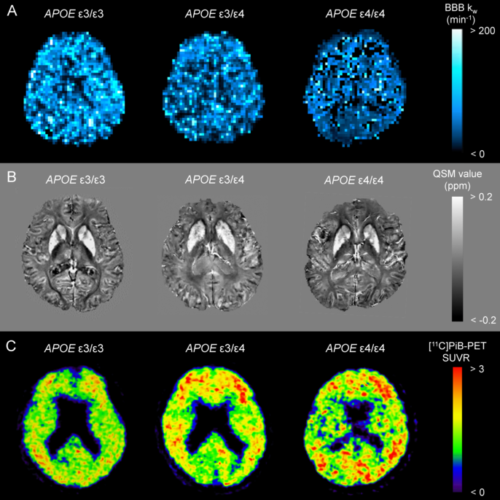by University of Manchester Credit: Pixabay/CC0 Public Domain A breakthrough in our understanding of Alzheimer’s disease has revealed changes to blood vessels in the brain, potentially presenting a path for developing new drugs to help fight the disease, according to University of Manchester research published today in Proceedings of the National Academy of Sciences (PNAS). Alzheimer’s Disease is...
Category: <span>Alzheimer’s</span>
Willingness to give away money among older adults linked to cognitive profile of early Alzheimer’s
by Zara Abrams, University of Southern California Credit: Unsplash/CC0 Public Domain To help protect older adults from financial exploitation, researchers are working to understand who is most at risk. New findings from the Keck School of Medicine of USC, published this week in the Journal of Alzheimer’s Disease, suggest that willingness to give away money could...
Scientists discover and characterize a novel membraneless organelle that could play a role in Alzheimer’s treatment
by University of California – Santa Barbara Membraneless organelle. Credit: UC Santa Barbara Researchers in UC Santa Barbara neuroscientist Kenneth S. Kosik’s lab have discovered a novel organelle—a previously unknown cell structure whose function it is to help clean up faulty proteins in times of stress and keep cells functioning in top condition. Optimizing this...
Vitamin D deficiency directly linked to dementia
by University of South Australia Credit: Shutterstock Dementia is one of the major causes of disability and dependency among older people worldwide, affecting thinking and behaviors as you age. But what if you could stop this degenerative disease in its tracks? A world-first study from the University of South Australia could make this a reality...
Study links target protein for diabetes drug to reduced risk of Alzheimer’s disease
by Karolinska Institutet Credit: Pixabay/CC0 Public Domain Mechanisms associated with a particular diabetes drug can also help to protect against Alzheimer’s disease, a study by researchers at Karolinska Institutet in Sweden and published in Neurology reports. The results indicate that the drug’s target protein could be an interesting candidate for the treatment of Alzheimer’s disease. Alzheimer’s disease...
Experimental drug reverses synaptic loss in mouse models of Alzheimer’s
by Bill Hathaway, Yale University PET scan of a human brain with Alzheimer’s disease. Credit: public domain An experimental drug restored brain synapses in two mouse models of Alzheimer’s disease, raising hopes that it could help revive cognitive function in human dementia patients, Yale University researchers report June 1 in the journal Science Translational Medicine. While...
Mutant gene stops at-risk people from getting Alzheimer’s: Could it lead to treatment?
by Dennis Thompson The APOE4 gene is the most powerful genetic factor driving a person’s risk for developing late-onset Alzheimer’s disease. “It probably increases your risk two or threefold if you have one APOE4 copy, and if you have two APOE4 copies, it probably increases your risk about tenfold,” said Dr. Michael Greicius, a professor of...
Researchers link sugar-studded protein to Alzheimer’s disease
by Johns Hopkins University School of Medicine The same glycoform of RPTPζ carries CD33 and Siglec-8 ligands. A, equal aliquots of human cerebral cortex total protein extract from four donors (numbered) were resolved on replicate composite agarose–acrylamide gels and blotted to PVDF. One blot (upper panels) was double-label probed with CD33-Fc (red) and anti-RPTPζ (green)...
How cranberries could improve memory and ward off dementia
by University of East Anglia Credit: CC0 Public Domain Adding cranberries to your diet could help improve memory and brain function, and lower ‘bad’ cholesterol—according to new research from the University of East Anglia (UK). A new study published today highlights the neuroprotective potential of cranberries. The research team studied the benefits of consuming the...
A new biomarker for blood–brain barrier dysfunction in Alzheimer’s disease
NAGOYA CITY UNIVERSITY IMAGE: BBB KW MAP (A), QSM (B), AND [11C]PIB-PET SUVR (C) FROM AN APOE Ɛ4 NONCARRIER (Ε3/Ε3), A HETEROZYGOTE (Ε3/Ε4), AND A HOMOZYGOTE (Ε4/Ε4) ARE DISPLAYED. CREDIT: NAGOYA CITY UNVIERSITY Alzheimer’s disease (AD) is the most common type of dementia. An etiology of AD would be excessive accumulation of toxic forms of...

